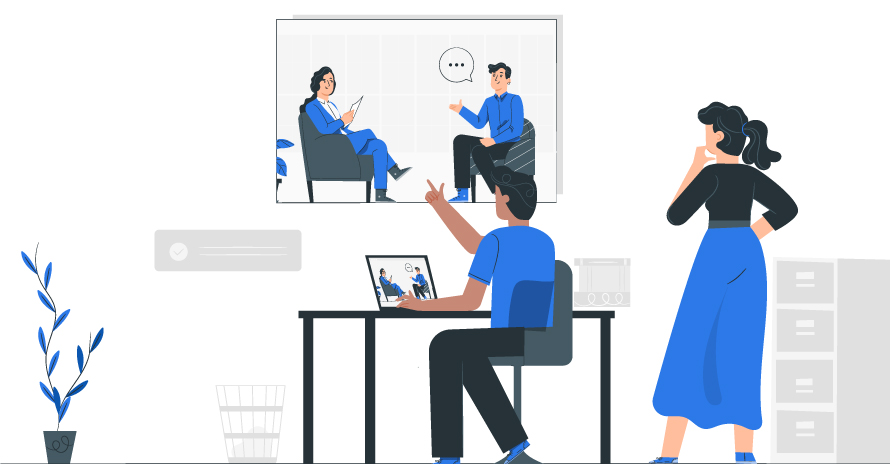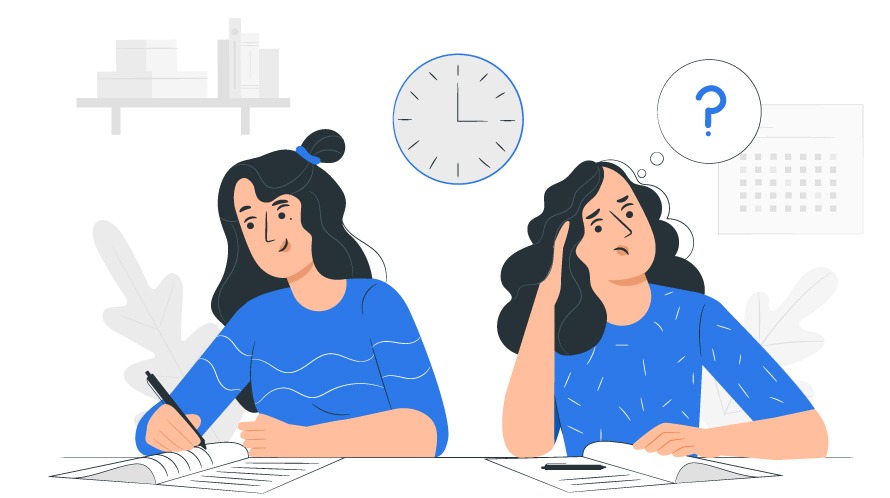Laetitia Pouilly - June 2020

Conducting stakeholder interviews at the beginning of a mission has multiple benefits. It validates the project’s stakes and objectives with different profiles and helps to understand the organizational context. It helps capitalize on the knowledge and experience already acquired on the subject. Most importantly, it fosters commitment and consensus for the smooth running of the project.
Here are 12 tips to get the most out of stakeholder interviews.
1. Clarify the objectives and expected results
2. Find out about the interviewees

3. Customize the interview guide
Then comes the time to write interview guides. They can be divided into two parts: the first transversal, the second personalized. The transversal part brings together the questions to be asked systematically to all stakeholders, in order to compare points of view and detect possible divergences.
The personalized part includes questions that are more specific to each stakeholder, depending on his or her expertise and scope of responsibility.
In his article “Stakeholder Research precedes UX research”, Tomer Sharon suggests asking the following questions:
- What does the product consist of? What is it used for? What user needs does it meet?
- Who are the target users? Are there different user groups?
- What do you want to know through user studies?
- When do you need the results of user surveys? What are you going to do with them?
4. Enable them to prepare for the interview
5. Reassure
On the D-day, at the beginning of the interview, start by introducing all the people in the room and their function during the appointment (animation, note-taking…) and by reminding the duration and the objectives of the interview.
It may be necessary to reassure the interviewee by reminding him/her of the anonymity of the answers, as well as the possibility of not answering a question / of answering it later / of redirecting us to the most suitable person to answer it.
6. Record… with their permission

7. Start with a simple question
- Begin the interview with an “easy” question that puts the interviewer at ease
- Check that the questions are relevant to the profile being interviewed, and be prepared to add or subtract questions if necessary.
8. Conduct a semi-directive interview
It is not necessary to plan a large number of questions for stakeholder interviews: they are expert profiles, and generally quite talkative. It can be useful to leave time for them to express their own messages (“Do you have anything to add? Have we gone through the subject?”). Depending on the project and the research objectives, games, exercises or drawing can be used to overcome bias on certain questions.
We also advise to leave room for silence, to give the interviewee time to reflect, to dig deeper into a subject…
9. It is an exchange, not an interrogation
Ideally, it should be an enjoyable, even interesting experience for the interviewee. The facilitator plays a crucial role in achieving this goal: looking into the eyes, making the interviewee feel comfortable, making it clear that the point of view is heard/understood, knowing how to bounce back…
This implies two precautions:
- Having a note taker (or a voice recorder), to free oneself from this burden
- Be sufficiently familiar with the guide to be able to deviate from it and then return to it, depending on the interviewee’s answers.
10. Conclude by repeating key messages
Stakeholder interviews are often dense with information. At the end of the interview, the facilitator can summarize the key messages he or she has retained during the exchange, and to have them validated/completed by the interviewee.
11. Respect their time
A stakeholder interview usually lasts between 30 and 45 minutes. It is essential to announce this length at the beginning of the interview… and to stick to it!

My advice: ask for the opportunity to ask any additional questions, by e-mail or telephone, in the days following the interview.
12. Prepare the following steps
The stakeholder interviews can be the subject of a dedicated report for certain missions: for example, a summary report that precisely reformulates the project objectives, defined by all. In this case, make sure that the confidentiality announced to each stakeholder is respected.



